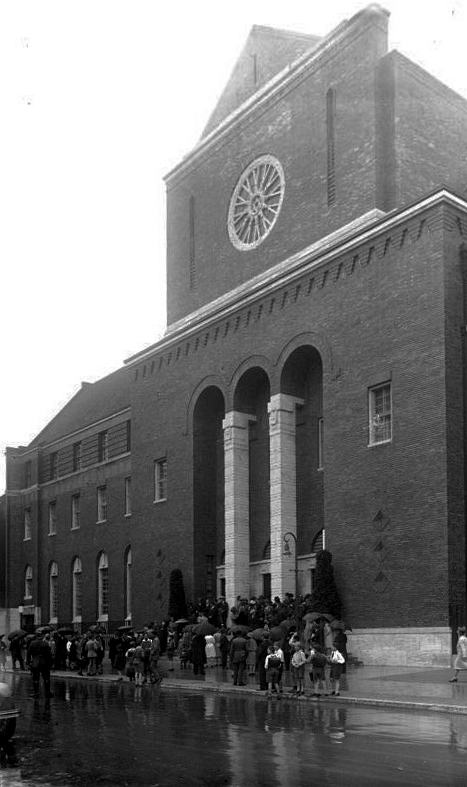|
Preußenpark
Preußenpark (Prussian Park), also known as Thai Park or ThaiPark Berlin, is a public park in the Berlin quarter of Wilmersdorf, which belongs to the district of Charlottenburg-Wilmersdorf. With a size of 55,000 m2, the park is one of the smaller parks in Berlin. North of Fehrbelliner Platz, Preußenpark extends between Brandenburgische Straße and Württembergische Straße to Pommersche Straße. The park has several sculptures, including ''Antilope'', created by the sculptor Artur Hoffman in 1926, ''Borussia'', a five-metre-high sculpture originally created by the sculptor Reinhold Begas in 1855, and ''Faustkämpfer'' (''Pugilist'') created by Eberhard Encke in the 1920s. Since the 1990s, the park has become known as a meeting place for Thais and East Asians who host markets and festivities during the summer months. History The park was laid out in 1904 according to designs by the garden architect Richard Thieme as Platz D. At that time, the square comprised only the northwester ... [...More Info...] [...Related Items...] OR: [Wikipedia] [Google] [Baidu] |
Wilmersdorf Preußenpark-05
Wilmersdorf (), an inner-city locality of Berlin, lies south-west of the central city. Formerly a borough by itself, Wilmersdorf became part of the new Boroughs of Berlin, borough of Charlottenburg-Wilmersdorf in Berlin's 2001 administrative reform. History The village near Berlin was first mentioned in 1293 as ''Wilmerstorff'', probably founded in the course of the German ''Ostsiedlung'' under the House of Ascania, Ascanian margraves of Margraviate of Brandenburg, Brandenburg. From the 1850s on ''Deutsch-Wilmersdorf'' was developed as a densely settled, affluent residential area, which in 1920 became a part of Greater Berlin Act, Greater Berlin. The former borough of Wilmersdorf included the localities of Halensee, Schmargendorf and Grunewald (locality), Grunewald. During the era of the Weimar Republic Wilmersdorf was a popular residential area for artists and intellectuals. In 1923 the foundation stone for the first mosque in Germany was laid on the initiative of some islamic ... [...More Info...] [...Related Items...] OR: [Wikipedia] [Google] [Baidu] |

